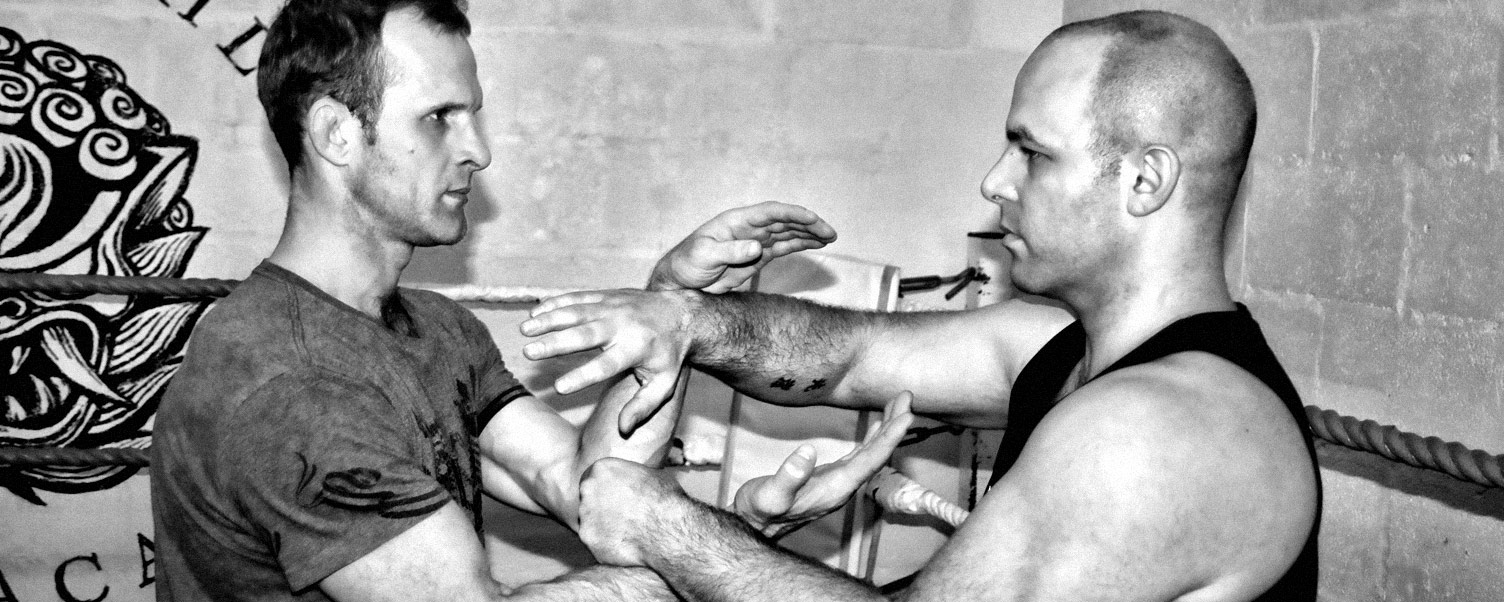
In Wing Chun we have a unique method of training our awareness skills called ‘Chi Sao’, often known as ‘Sticking Hands’. This name, however, does not really do justice to what is a unique method of developing not only tactile skills but also a complex mental awareness and understanding of timing, space, distance, pressure and so on. I say complex as at first it is, but once learnt and trained it then becomes a part of your normal thinking and seems to be just your body’s common sense.
1 responses on "On Chi Sao"